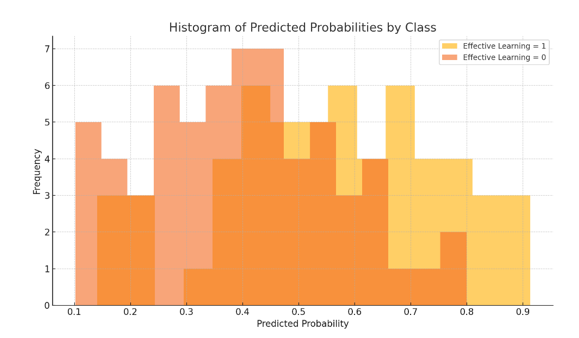Application of Neutrosophic Statistics and the Communicative Pedagogical Model to Optimize Pronunciation Teaching in A1 Students of Technical Careers in Higher Education
Keywords:
Neutrosophic Statistics, Communicative Language Teaching (CLT), English for Specific Purposes (ESP), Technical Education, A1-Level StudentsAbstract
This study presents findings aimed at improving English pronunciation instruction for A1-level students enrolled in technical programs at a public institution in Guayaquil, Ecuador. The research integrates neutrosophic statistics with the Communicative Language Teaching (CLT) approach to address ambiguity and complexity in educational contexts. Key factors such as teaching methodology effectiveness, instructors' content knowledge, CEFR implementation, course-objective alignment, module relevance, and departmental management were assessed. The neutrosophic framework enabled the identification of strengths, weaknesses, and areas of indeterminacy requiring contextual intervention. Based on the findings, the study proposes pedagogical alternatives through an English for Specific Purposes (ESP) model aligned with the technical profiles of each program. Emphasis is placed on communicative strategies to enhance pronunciation and foster active language use. The proposed integrative strategy offers a comprehensive and innovative approach to improving the quality of English instruction in higher education.
Downloads

Downloads
Published
License
Copyright (c) 2025 Neutrosophic Sets and Systems

This work is licensed under a Creative Commons Attribution 4.0 International License.






